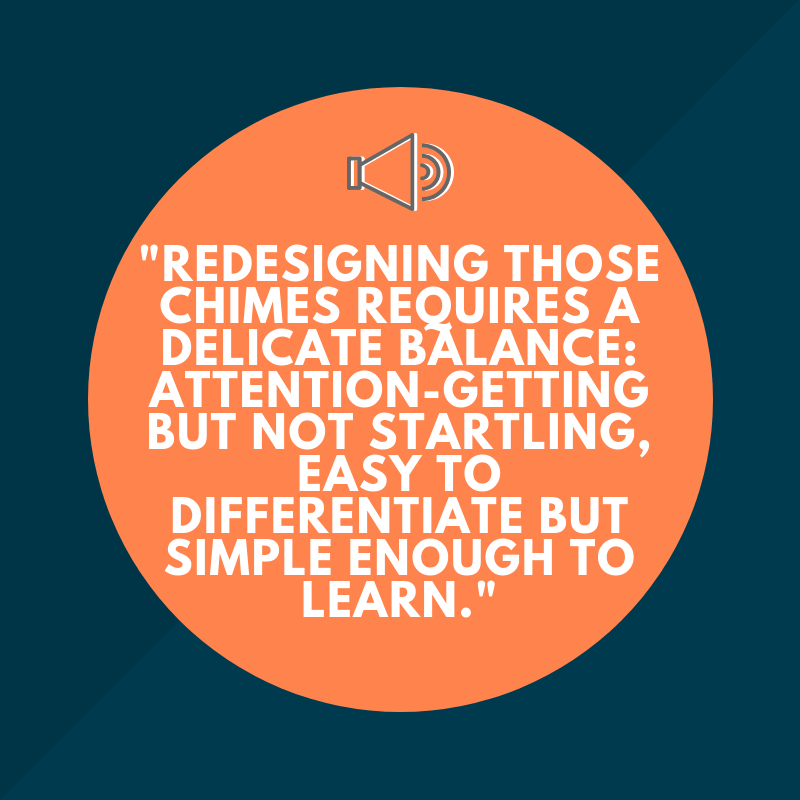Beep…Boop…Bop
Redesigning the Sounds of Medical DevicesHuman Factors and Usability professionals have the unique understanding of how healthcare professionals can and do use medical products in a real-world setting. The art and science of developing medical devices that patients can properly interact with and use is one that has many nuances—to the average person, the minute details of sound can be easily overlooked. However for some, human factors and usability professionals specifically, the beauty and possibility of design are housed in those details.
According to a recent profile by STAT News, “Anatomy Of A Beep: A Medical Device Giant And An Avant-Garde Musician Set Out To Redesign A Heart Monitor’s Chirps” in 2017, Medtronic, a global leader in medical technology, services, and solutions, hired Yoko K. Sen to help revamp the sounds that patients hear from their home cardiac monitors. Sen is an electronic musician who has been bringing new life, and sound, to the world of medical devices. Redesigning the healthcare soundscape is a unique challenge, but not one that is brand new. The article states that, many industries including fashion, architecture, and cuisine, have made efforts to rebrand the patient experience through revamped hospital gowns, redesigned hospital rooms and fresh takes on hospital food, respectively.
“Behind all of these initiatives is the idea of refocusing health care on the patient. To do that, the thinking goes, you often need to fix problems so glaring they’re easy to overlook. Medical sound is a perfect example. What, in the 21st century, could be more ubiquitous than a beep? We’re so surrounded by electronic noises that we hardly notice them — and in a hospital, where that digital symphony becomes even more feverish, an unnoticed alarm can mean a dead patient. So redesigning those chimes requires a delicate balance: Attention-getting but not startling, easy to differentiate but simple enough to learn.”
When faced with the opportunity to create ten brand new tones for Medtronic’s remote heart monitor, Sen knew that she needed to develop tones that could convey important messages to patients. Rather than simply creating sounds and tones for selfish purposes, creating sounds that patients of all ages and abilities can interpret properly was no easy task. When it comes to matters of life and death, sounds play a vital role—when a device starts beeping, does that mean patients should be alarmed? Does it mean that patients should replace batteries? What if the beep is quick and high-pitched instead of low and slow? How can sound designers and medical device manufacturer’s work together in order to develop solutions while ensuring that patients are safely using medical devices?
According to STAT, “Those ideas — simplicity, directness — are central in the world of medical sound design, although the current fashion is moving away from beeps alone. Some device makers have been adding speech to sound, with naloxone and epinephrine injectors telling users, Siri-style, what to do.”
Although patients won’t be able to hear the final sounds until it has passed regulatory standards, the heart monitor sounds that Sen designed are in development and on the path to eventual implementation. The article states when patients finally hear the sounds, “chances are they won’t hear the months of calculations and improvisations that went into them. They’ll probably just hear a set of beeps.”
To learn more about how human factors and usability design impacts the medical device industry, check out Q1’s Medical Device Human Factors & Usability Conference on October 23-24 in Arlington, VA. To preview the full speaker and session line-up, download your copy of the program agenda today.






